
November 03, 2016 5 min read 2 Comments
Since the dawn of mankind grains have always been a staple of a healthy and nutritious diet, but today not all available grains are equally beneficial. For example, when compared with refined and processed grains, whole, organic grains offer many more health benefits. These can be traced to the high fiber content of whole grains and naturally rich supplies of vitamins, minerals, and antioxidants, as well as to how they are cultivated and processed. Since the bulk of the typical modern diet consists of grains and wheat, which of these we choose to eat is becoming increasingly more important. [Sign up for Be Still Farms Blog]
What makes non-organic grains harmful?
First are the many pesticides and other harmful substances used in high-yield cultivation. Conventionally grown grains may be exposed to dozens of potentially unhealthy substances ranging from the pesticides required to grow the more frail, but faster-growing and higher-yielding versions, to radiation used to extend the shelf life of foods (great articles from Panna.org's recently published digest of over 200 scientific studies showing clear causation of possible health-related issues). This video from the powerful documentary "Food Inc." will make you want to go start your own garden:
And though in the case of the radiation, supposedly there is no residual material, there is at least one study from the American Journal of Clinical Nutrition that shows children developing abnormal cells after eating irradiated wheat.
GMOs - ever heard of Norman Borlaug?
By the 1950s and '60s, conventionally grown grains were already being genetically modified, meaning artificially manipulated by having their natural growth genes altered. This was the child of food scientist Norman Borlaug's research in the so-called "Green Revolution". Never heard of him? Not many have, but depending on your point of view, he is either the savior of a billion people, especially in developing countries, or as political journalist Alexander Cockburn put it, he was the second "biggest killer of all to have got the [Nobel] peace prize... whose 'green revolution' wheat strains led to the death of peasants by the millions." Granted, if this statement is true, surely it was an unintended consequence borne of the good intentions of Mr. Bourlag.
This GM approach is engineered to produce higher-yielding plants, but it comes at a price. After several decades of research genetically modified foods have been found to increase food allergies, amplify toxicity, lower nutritional value, and even heighten antibiotic resistance. One telling study clearly shows the stomach lining of rats fed GM potatoes showing excessive cell growth, a condition that may lead to cancer. Rats also had damaged organs and immune systems (more here):
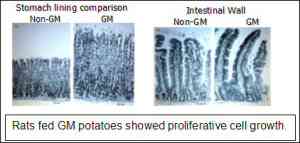
Not only are there negatives in how non-organic grain is grown, but there are also negatives found in the way it is now milled.
It's not just pesticides, irradiation, and genetic modification...
Until about 1870, stone milling was the only way to make flour. Slow and inefficient as it was, it did crush the entire grain, a process which in turn caused it to retain all of its micronutrients and fiber. Here is an interesting video showing what it used to look like:
Of course, given the time in history, chemical contaminants would also be absent making it even healthier.
Conversely, within about a decade of the invention of the 'steel roller' method of milling in the 1870s, the traditional stone grinding method had all but disappeared in favor of the speed and efficiency of the new approach, and the detailed control over the process. Now, instead of crushing and combining all the wheat parts indiscriminately, steel rollers could separate the component parts, resulting in what we would recognize today as fine white flour, available and affordable for all, as promised.
High-volume modern steel rollers, producing lower nutrition wheat:

The modern approach to growing and milling flour is much more shelf-stable, which further reduces the cost and increases the capacity of the rapidly evolving industrial food distribution machine. However, steel rolling of modern GMO wheat also produces flour that is a fraction as healthy as stone-ground organic wheat. This modern flour is missing key nutritional elements such as healthy oils and essential vitamins and minerals that can still be found in freshly ground organic wheat that has been stone ground. A powerful comparison of some basic nutrients:
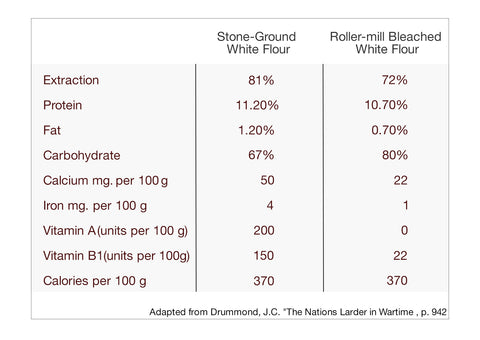
The industrial food machine doesn't just hurt you and your family, but also the small farmer.
While modern farming techniques and food science have increased our ability to feed people on a large scale, an unintended (hopefully?) consequence is that it also effectively eliminates the ability of farmers and families to feed themselves, in exchange for a frightening reliance on a handful of giant corporations.
A major issue is that fewer and fewer seed varieties are being used around the world. These few varieties come at a cost from the giant agricultural and pesticide companies such as the "Big 6" pesticide and GMO corporations (BASF, Bayer, Dupont, Dow Chemical Company, Monsanto, and Syngenta). We are losing numbers of heirloom varieties at an alarming rate. Thank God for organizations and companies such as Seed Savers Exchange (where we personally buy all our seeds for our family garden) whose goal is to save and protect the amazing array of grains, vegetables, fruits, and flowers historically grown around the world.
This reliance on buying seeds from a small handful of companies means that any breakdown in the distribution system of the seeds can spell doom for huge swaths of people, particularly in the least advantaged populations in developing economies. Simply put, people are forced to trust a system that is inherently fragile and cannot work in their best interest when profit is the purpose of any company's existence.
This dynamic can be seen in a quote from an apparently pro-food-industrial-complex scientist in a Cornell Alliance for Science article, "Instead of focusing on farmers’ ability to save seed, we need to shift our attention to ensuring that smallholder farmers have access to the affordable, appropriate, and high-quality seed at the time of planting."... If this is truly the concern of these massive corporations, then they wouldn't patent seeds or buy-up competing small family-owned companies and heirloom seed varieties so that farmers in effect cannot even find alternative seeds to buy in an emergency (read more here). Trust is bred through observed actions, not through assurances from scientists.
The industrial food machine hurts the environment.
Whether or not it drives your decision-making, modern large-scale farming also hurts the environment through massive soil erosion, creation of resistant super-pests, and contamination of water sources. For instance, in a research article, the Cornell Cooperative Extension stated, "An average of 10 times as much soil erodes from American agricultural fields as is replaced by natural soil formation processes. Because it takes up to 300 years for 1 inch of agricultural topsoil to form, soil that is lost is essentially irreplaceable." For an in-depth look at these consequences and their research, read more here.
Conversely, organic farming practices can actually benefit the soil and keep the water clean. Organic farming systems advocate working in harmony with existing ecosystems by using natural farming cycles and promoting sustainable use of renewable resources.
So what is the takeaway?
All in all, whether from a social, health, or environmental perspective, choosing organic products grown and processed as they were prior to modern, high-yield farming techniques, is clearly a better way to go and is why we choose organic products for our family. The ultimate question to ask ourselves is- which price am I willing to pay? ... the one that hits our pocketbooks, or the one that hits our families, health, communities, and environment?
Thanks for reading this Be Still Farms Blog article. To sign up for more news/articles and/or recipes, click here. For more about us, click here. To shop our certified organic products, click here.
Please comment and share and we look forward to serving you in the future!
March 21, 2020
Thank you very much for sharing such useful information. I’m looking forward to reading such kind of articles in the future as well.
Comments will be approved before showing up.
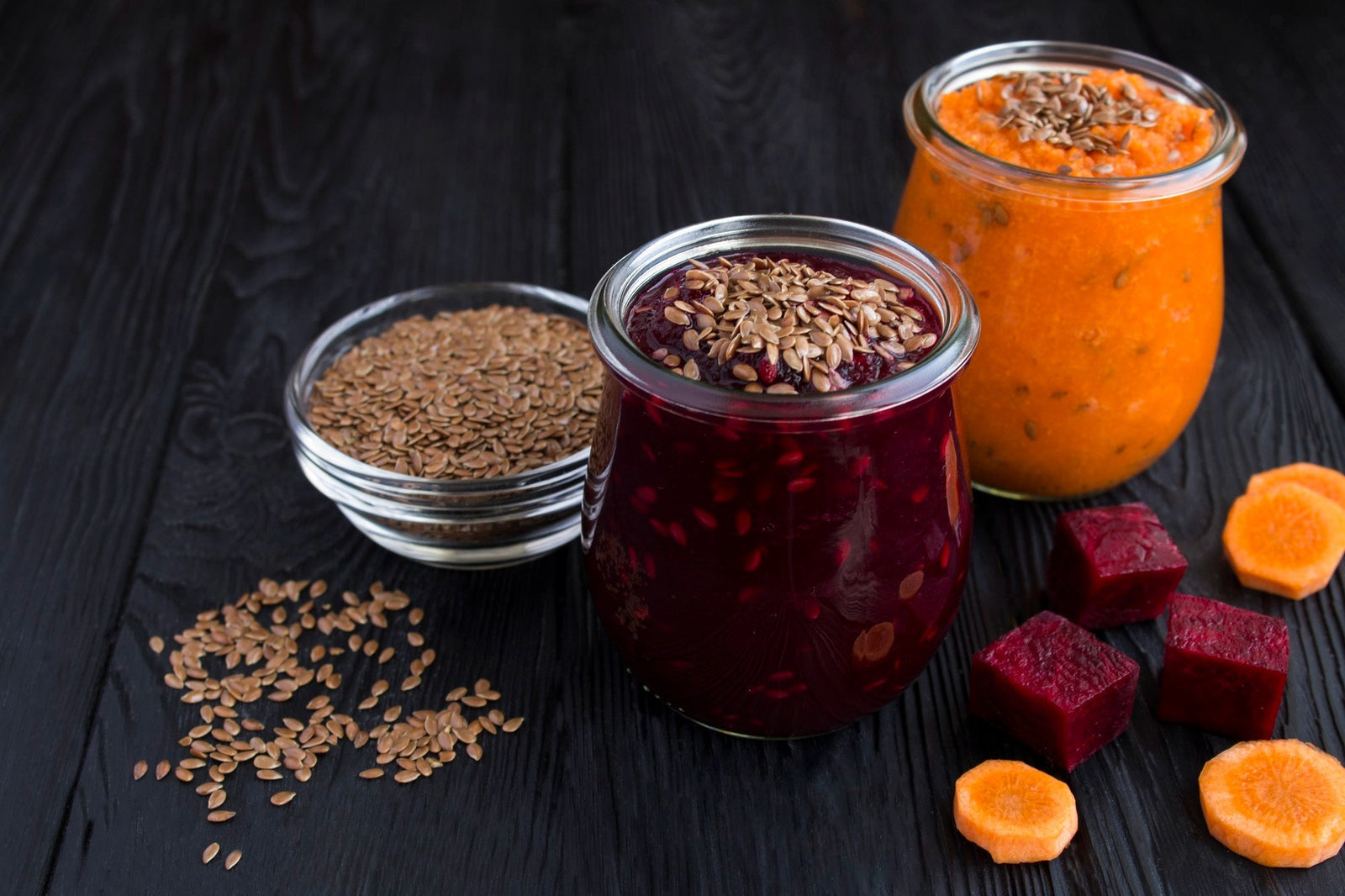
January 27, 2025 3 min read
Flaxseed, the tiny yet powerful superfood, is packed with nutrients that can support weight loss. From curbing hunger to stabilizing blood sugar, this guide dives into the science of how flaxseed can help you shed those extra pounds.
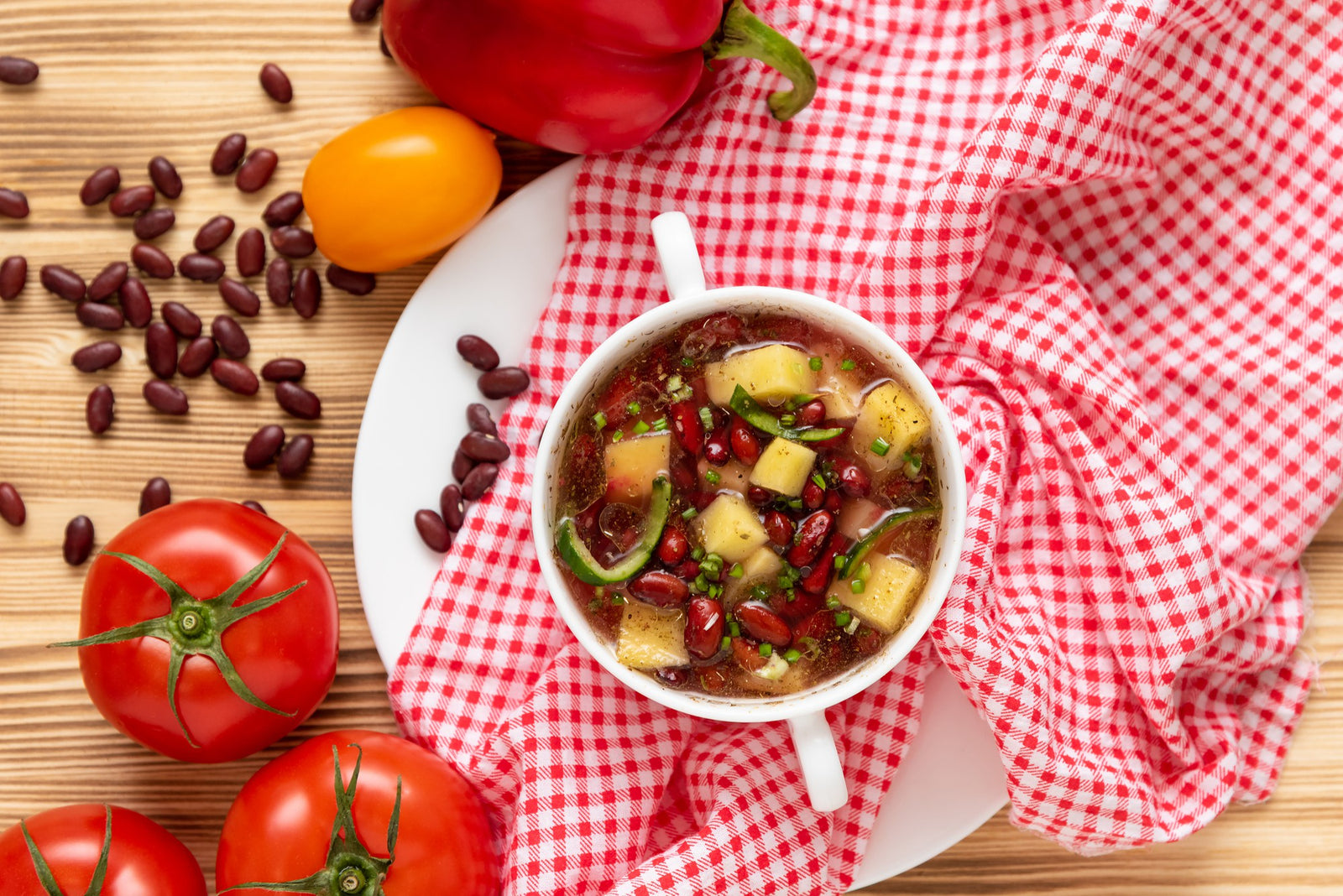
December 11, 2024 3 min read
Discover three quick and easy soup recipes featuring organic small red beans. From a classic vegetable soup to a creamy potato blend, these wholesome recipes are perfect for chilly days and busy weeknights. Packed with flavor and nutrition, these soups will warm your heart and soul this winter!
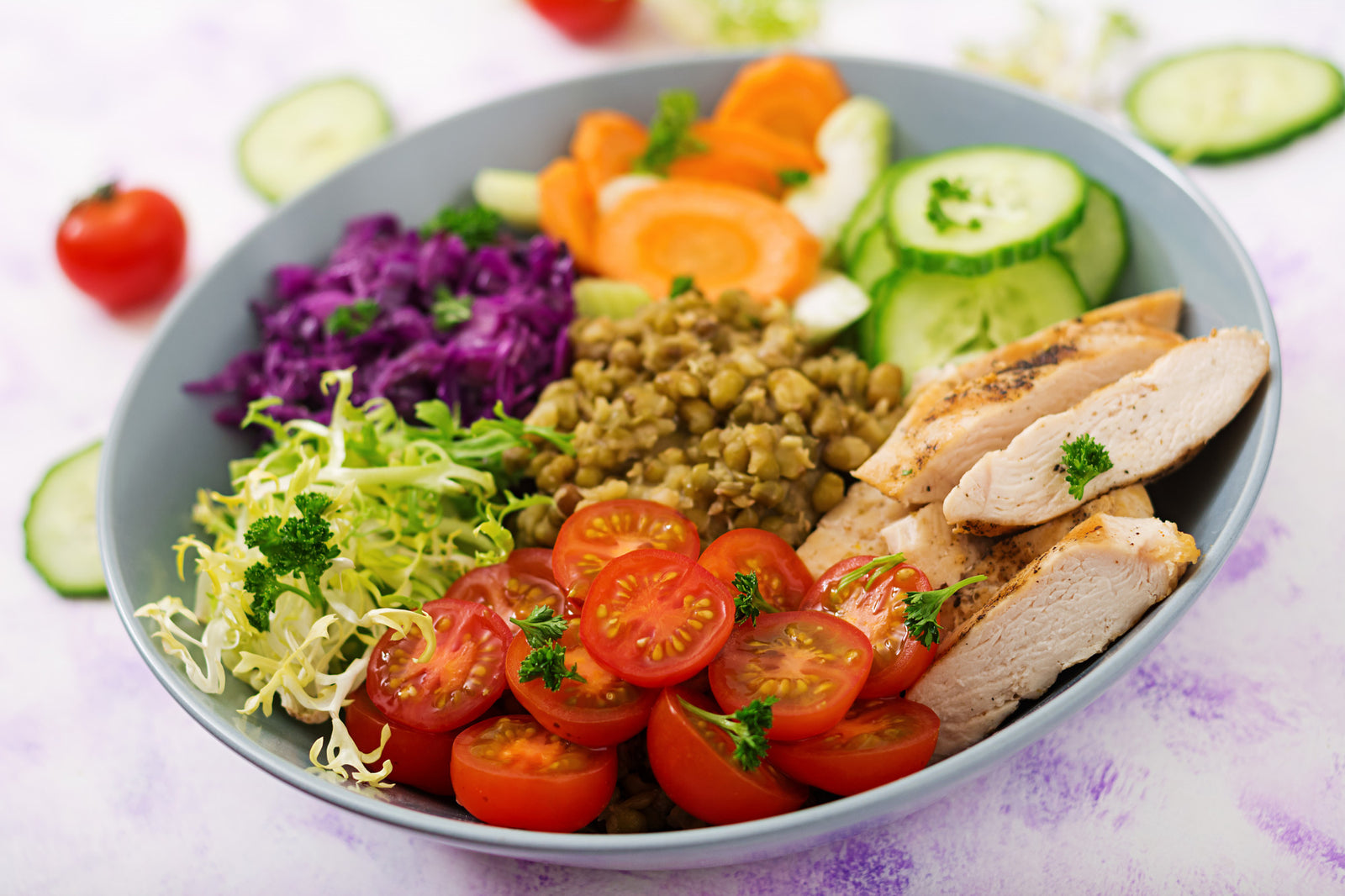
December 06, 2024 3 min read
This vibrant and nutritious Green Lentil Salad combines tender lentils with grilled chicken, fresh vegetables, and a zesty lemon dressing. Packed with protein, fiber, and essential vitamins, it’s the perfect healthy meal for any time of day.
© 2025 Be Still Farms- Real, Fine Organics.
Privacy | Terms | Refund Policy | Organic Certification
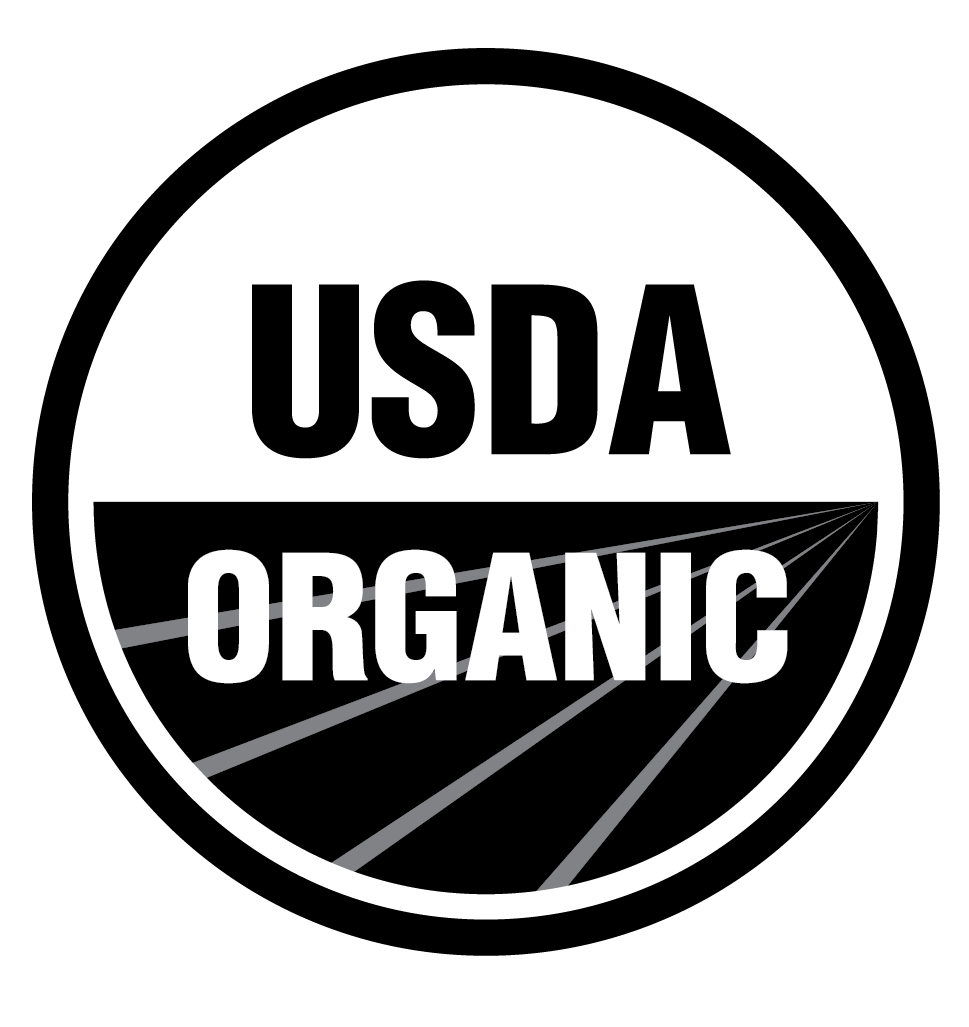
Mahendra Chavan
August 03, 2020
Very much informative. Understood the difference between organic and non organic whole grains, advantage of using the stone milling for flour. Fortunately, 60-70% families still use stone mills in India. The videos, pictures and chart threw more light on the subject. Loved the article. Thank a lot.